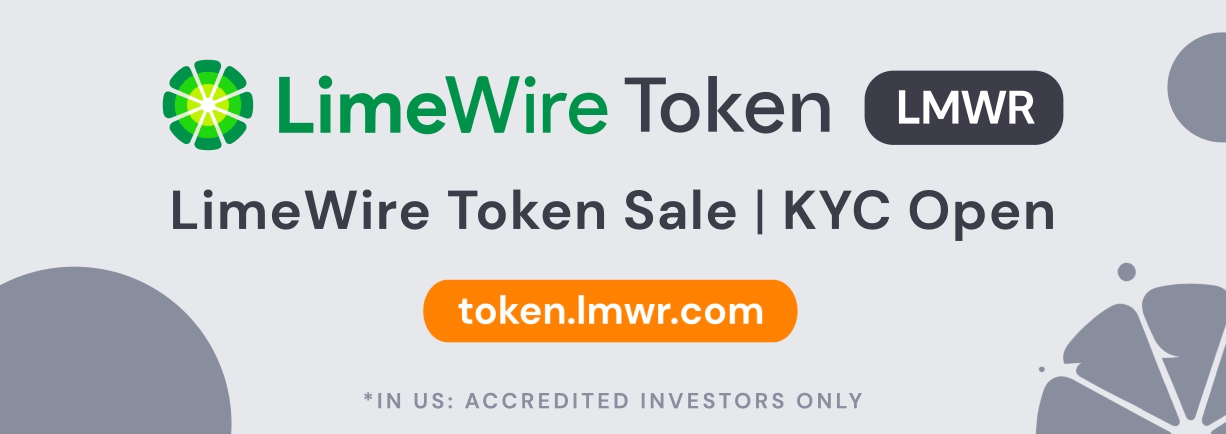In May 2023, Kazakhstan’s share of the global Bitcoin mining hashrate stood at 4%, down from its peak of 18% in October 2021. Kazakhstan’s mining industry boomed between 2020 and 2021, driven by cheap electricity, hosting demand, access to cheap Chinese machines, relaxed regulations, and tax benefits, according to a Hashrate Index report.
With the increase in hashrate share, Kazakhstan’s total Bitcoin mining load jumped to 1.5 GW in October 2021 from 200 MW a year and a half ago. Unable to handle the load, the country’s energy provider started rationing power supply to Bitcoin miners in September 2021. So miners could only use expensive electricity imported from Russia, causing many miners to go bankrupt, the report noted.
The country implemented the new law “On Digital Assets in the Republic of Kazakhstan” on April 1. The law requires miners to obtain licenses to operate and use only licensed mining pools and crypto exchanges. It also puts miners last in line for power supply and introduced a mining-related electricity tax.
Understanding the impact of the new regulations
Firstly, the new law requires all mining pools to be licensed and report their earnings to the Kazakhstan government for taxation. The miners and crypto exchanges have to be registered in the Astana International Financial Centre (AIFC), as per the new regulations.
Secondly, miners are required to sell part of their Bitcoin holdings on locally licensed exchanges — there are currently seven exchanges miners can choose from, including Binance. Currently, miners need to sell 25% of the Bitcoin locally while by 2024, they’ll be required to sell half. The requirement will go up to 75% by 2025.
Thirdly, as per the new law, miners can only buy power through the national electricity auction system KOREM, which will have a separate miner-focused trading platform. Basically, the national grid operator will determine how much electricity is “excess” and put it up for auction and miners have to win the auction to buy power. The amount of power that will be available for auction will not be sufficient for all Kazakhstan miners, who have to look towards other sources of power generation.
Fourthly, if miners buy power through the auction system or import it from Russia, they have to pay a tax, which sets the floor price of electricity at $0.055 per kWh. This is a significantly high rate, which means miners cannot rely on purchasing power in the long term. The new law also applies a flat tax of $0.022 per kWh on electricity from renewable sources.
The future is foggy
According to the report, the new law could either provide regulatory stability or its stringent taxation could kill the industry. But it remains to be seen how the law will really impact the miners, which makes the future uncertain.
In the meantime, Kazakhstan miners need to hunt for new sources of electricity, with gas, wind, and solar holding the most potential, as per the report.
Furthermore, the instability over the past year has made foreign investors averse to investments in Kazakhstan, which has decreased the short-term potential of the industry. However, the report noted that the country’s mining industry holds long-term potential.

